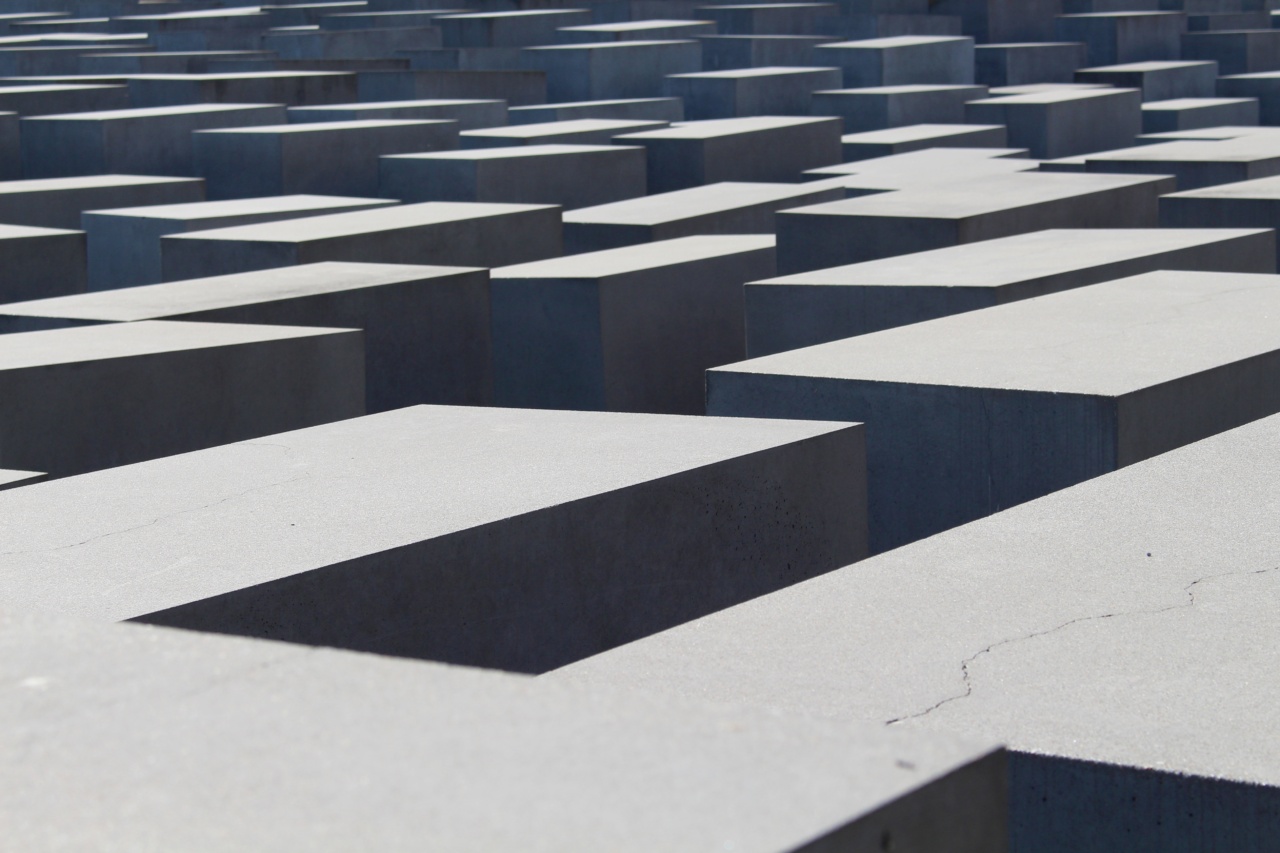Nasal Diaphragm Scoliosis is a type of scoliosis that is characterized by a sideways curvature of the spine due to an imbalance in the nasal and diaphragmatic systems.
Understanding the building blocks of this condition is essential to better understand it and develop effective treatments for it. In this article, we will discuss these building blocks in detail.
Anatomy of the Nasal Cavity
The nasal cavity is the passage in the nose through which air flows. It is lined with mucous membranes, which produce mucus that helps to warm, moisturize, and clean the air as it passes through.
The nasal cavity also contains the olfactory epithelium, which is responsible for our sense of smell. The nasal cavity is divided into two halves by a septum, which is made up of bone and cartilage.
The Importance of the Nasal Cavity
The nasal cavity plays an important role in our overall health and wellbeing. It is the first line of defense against harmful pollutants, bacteria, and viruses that are present in the air we breathe.
The nasal mucosa helps to filter out these harmful substances and prevents them from entering our respiratory system. The nasal cavity also helps to regulate the temperature and humidity of the air we breathe, making it easier for us to breathe comfortably.
Additionally, the sense of smell that is provided by the nasal cavity is an important part of our everyday lives, allowing us to enjoy the aromas of our favorite foods and perfumes.
Anatomy of the Diaphragm
The diaphragm is a broad, flat muscle that separates the chest cavity from the abdominal cavity.
It plays a crucial role in our breathing process, contracting and flattening downward during inhalation, which creates a vacuum that draws air into the lungs.
The Importance of the Diaphragm
The diaphragm is a vital muscle that is essential to our respiratory system and overall health. It helps us to breathe efficiently and effectively, ensuring that our body receives the oxygen that it needs to function properly.
Additionally, the diaphragm plays a role in maintaining the stability and alignment of the spine by providing support to the muscles and ligaments that surround it.
Nasal Diaphragm Scoliosis
When there is an imbalance between the nasal and diaphragmatic systems, it can lead to a type of scoliosis known as Nasal Diaphragm Scoliosis.
This condition is characterized by a lateral deviation of the spine, which can cause pain and discomfort, as well as difficulty breathing. The underlying cause of this condition is typically an obstruction or dysfunction in the nasal cavity or diaphragm.
Causes of Nasal Diaphragm Scoliosis
There are several factors that can contribute to the development of Nasal Diaphragm Scoliosis. These include:.
- Chronic nasal congestion or obstructions
- Injuries or trauma to the nasal cavity or diaphragm
- Abnormalities in the shape or structure of the nasal cavity or diaphragm
- Weakness or imbalance in the muscles surrounding the diaphragm
Symptoms of Nasal Diaphragm Scoliosis
The symptoms of Nasal Diaphragm Scoliosis can vary depending on the severity of the condition. Common symptoms include:.
- Lateral deviation of the spine
- Pain or discomfort in the back and neck
- Difficulty breathing or shortness of breath
- Reduced lung capacity
- Reduced stamina or fatigue
Treatments for Nasal Diaphragm Scoliosis
The treatment options for Nasal Diaphragm Scoliosis typically focus on addressing the underlying cause of the condition. This may include:.
- Nasal surgery to correct obstructions or abnormalities in the nasal cavity
- Physical therapy to strengthen the muscles surrounding the diaphragm
- Inhalers or other medications to manage nasal congestion or breathing difficulties
- Surgical intervention to correct severe cases of scoliosis
Prevention and Management of Nasal Diaphragm Scoliosis
While not all cases of Nasal Diaphragm Scoliosis are preventable, there are several steps that can be taken to reduce the risk of developing this condition. These include:.
- Maintaining good posture and body alignment
- Strengthening the muscles surrounding the diaphragm through exercise and physical therapy
- Treating any underlying conditions that may contribute to the development of scoliosis, such as allergies or chronic nasal congestion
Conclusion
Nasal Diaphragm Scoliosis is a complex condition that is characterized by a lateral deviation of the spine.
By understanding the building blocks of this condition, we can develop a better understanding of its underlying causes and develop effective treatments for it. Whether through surgical intervention, physical therapy, or other means, early diagnosis and management of scoliosis can help to improve overall health and wellbeing.































